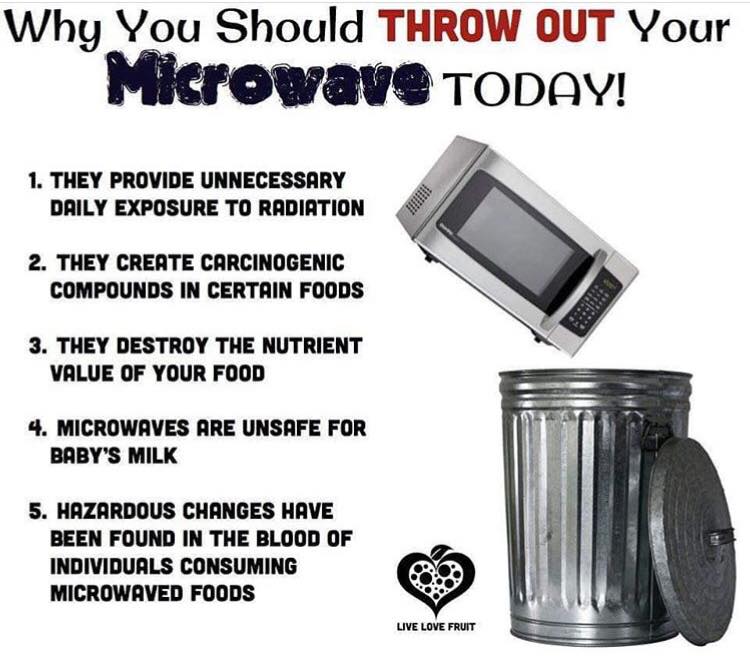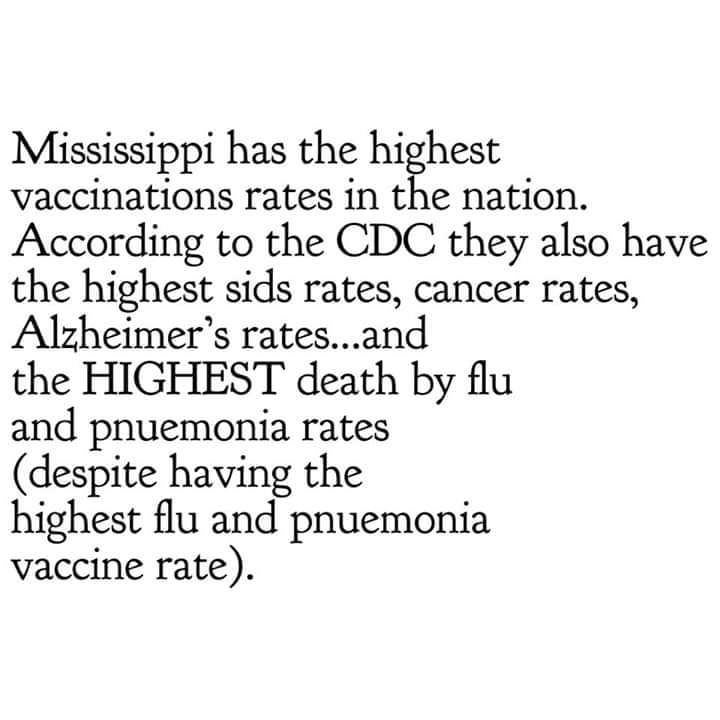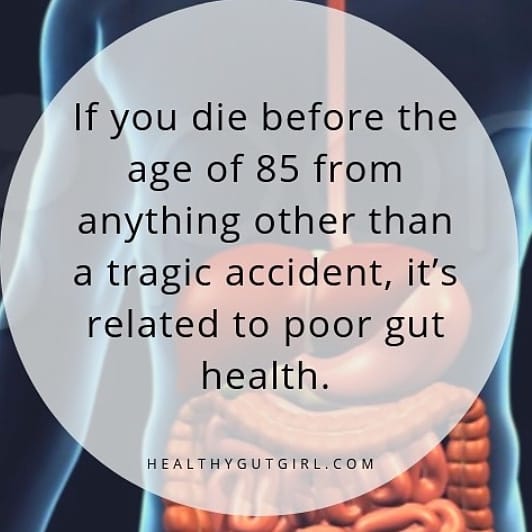
George Carlin On College


Tom's Blog on Life and Livingness


Merck made a “hit list” of doctors who criticized Vioxx, according to testimony in a Vioxx class action case in Australia. The list, emailed between Merck employees, contained doctors’ names with the labels “neutralise,” “neutralised” or “discredit” next to them. This is the very same Merck who make Gardisil and the MMR vaccine. Savory lot – not! Beggars belief how ANYONE knowing the type of activity they engage in would think they make anything but a destructive product.


We need to keep spreading the true statistics…

Boy is this ever true at my place! Schnauzers have to be the world’s best doorbells.


There is some truth in this!

An English music festival’s decision to install 5G network towers is drawing furious criticism from scientists and music fans alike. Last Wednesday, the Glastonbury Festival announced that it will test out a 5G mobile network at this year’s event. This will become the first time that 5G networks have been used at any festival. The announcement comes just months before the U.K. will deploy 5G throughout its country.

What are preferences and why do they matter?

If you have sleep issues get in touch with me. I will email you a recipe for a calcium and magnesium formula that helps heaps.